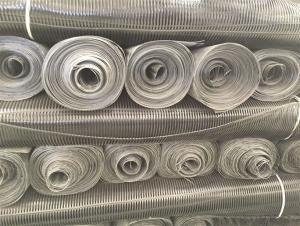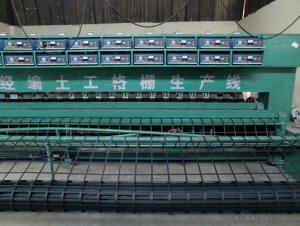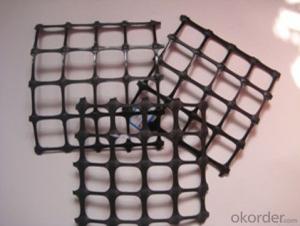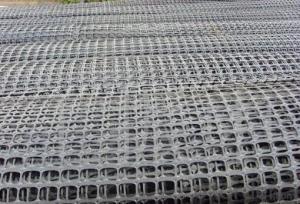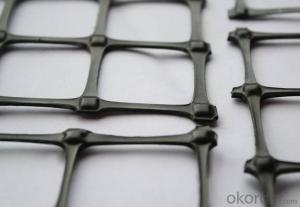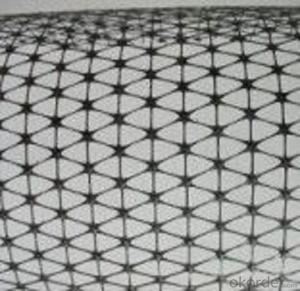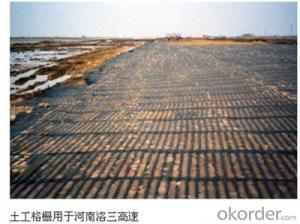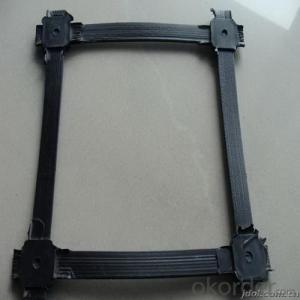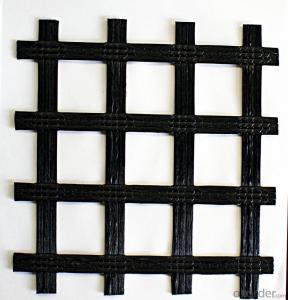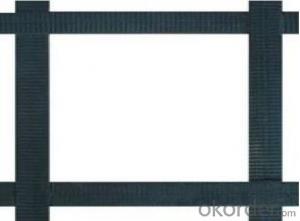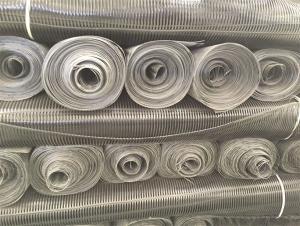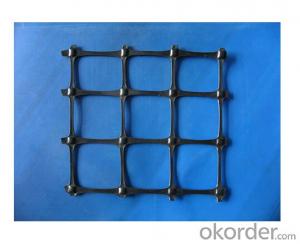Geogrid Tieback
Geogrid Tieback Related Searches
Fridge With Freezer On Bottom Driveway Pillars With Lights Blu Ray Player With Recorder Blu Ray Player With Internet Geogrid In Retaining Walls 1708 Biaxial Fiberglass Tape Pullout Resistance Of Geogrid Geogrid Warp Knitting Machine Srw 3 Series Geogrid Biaxial Plastic GeogridHot Searches
Fiberglass Scaffolding For Sale Fiberglass Panels For Sale Fiberglass Greenhouses For Sale Geogrid Fabric For Sale Gas Powered Core Aerator For Sale Revolution 4 Propeller For Sale Alabaster Carving Stone For Sale Geogrid For Sale Near Me Tensar Geogrid For Sale Geogrid For Sale Ex Display Log Cabins For Sale Photoelectric Cells For Sale Athletic Lockers For Sale Cubicle Partitions For Sale Stearman Propeller For Sale Palram Greenhouses For Sale Gumbo Bowls For Sale Suzuki Propellers For Sale Freight Crates For Sale Outhouse Sheds For SaleGeogrid Tieback Supplier & Manufacturer from China
Okorder.com is a professional Geogrid Tieback supplier & manufacturer, offers integrated one-stop services including real-time quoting and online cargo tracking. We are funded by CNBM Group, a Fortune 500 enterprise and the largest Geogrid Tieback firm in China.Hot Products
FAQ
- Yes, geogrids can be used in the reinforcement of soil-bentonite mixtures. Geogrids are commonly used in geotechnical engineering for soil stabilization and reinforcement. They can improve the tensile strength and overall stability of soil-bentonite mixtures, making them a suitable choice for reinforcement purposes.
- The factors that affect the design of geogrid-reinforced structures include the type and strength of geogrid material, soil properties (such as strength and settlement characteristics), loading conditions, design life requirements, construction techniques, and potential environmental factors (such as temperature variations and chemical exposure). Additionally, factors such as site-specific conditions, project constraints, and regulatory requirements may also influence the design of geogrid-reinforced structures. Overall, a comprehensive understanding of these factors is crucial to ensure the optimal design and performance of geogrid-reinforced structures.
- Geogrids are manufactured through a process known as extrusion, where high-density polyethylene (HDPE) or polypropylene (PP) materials are melted and forced through a die to create a continuous mesh-like structure. This structure is then stretched in different directions to orient the polymer molecules, giving the geogrid its strength and stiffness. The material is then cooled, cut to the desired length, and rolled into large rolls for distribution and use in various geotechnical applications.
- Yes, geogrids can be used in ground reinforcement for sports fields. Geogrids are commonly used to stabilize and reinforce soil in various applications, including sports fields. They can help improve the load-bearing capacity, reduce soil movement, and increase the longevity and durability of the playing surface.
- Geogrids improve the performance of geosynthetic filters by providing additional reinforcement and stability to the filter system. They enhance the tensile strength and load distribution capabilities of the filter, preventing soil erosion and maintaining the integrity of the filtration system. Additionally, geogrids help to reduce pore clogging and increase the overall longevity and efficiency of the geosynthetic filter.
- The effect of polymer type on geogrid behavior can vary significantly. Different polymers have different physical and mechanical properties, which can impact the strength, stiffness, and durability of the geogrid. For example, a geogrid made of a high-density polyethylene (HDPE) polymer may exhibit higher tensile strength and better resistance to environmental factors compared to a geogrid made of a polypropylene (PP) polymer. Ultimately, the choice of polymer type for a geogrid depends on the specific engineering requirements and the expected conditions in which it will be used.
- Geogrids improve the performance of geocell-reinforced retaining walls by providing additional reinforcement and stability to the structure. They help distribute the loads more evenly, reducing the pressure on the retaining wall and preventing excessive deformation. Geogrids also increase the overall strength and durability of the wall, enhancing its ability to withstand lateral forces and maintain its shape over time.
















